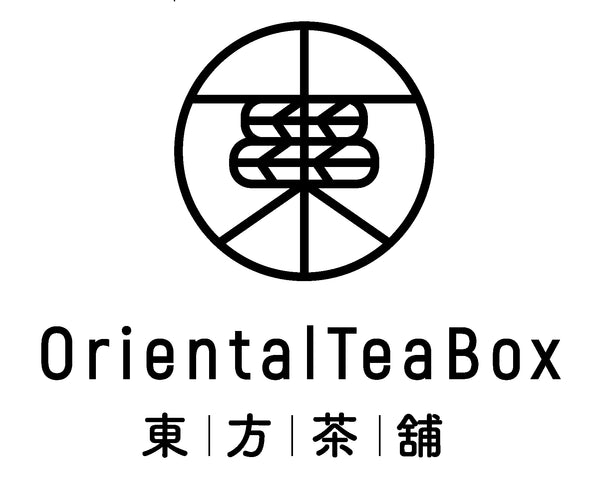Raku Kichizaemon XII Kōnyū (楽吉左衛門十二代 弘入), Japanese (1857-1932)
單價 每
庫存只剩0
A Red Raku Ware Tea Bowl (Chawan)
Meiji (1868-1912) or Taisho era (1912-1926)
About the work
A finely crafted red Raku ware tea bowl in the style of Kōnyū, following the traditional aesthetic of hand-shaped and carved Raku chawan. The bowl features a smooth, subtly undulating surface typical of Raku ware, with natural variations in glaze and texture. The foot is left unglazed, bearing the impressed seal of Raku near the foot-ring, characteristic of the Raku lineage.
This piece comes with a custom silk pouch (shifuku) and is housed in its original
signed wooden storage box (tomobako).
Dimensions
11.5 cm x 9 cm
Footnote
Raku Kōnyū, born as the eldest son of Keinyū, became the 12th generation Raku master in 1871. His work is noted for its restrained style, featuring distinctive red Raku glazes.
Story Behind
The story of this Mandarin Duck Raku Tea Bowl is not just a narrative; it's a piece of the living history of Raku Kichizaemon XII, Kōnyū, and the artistry that has made the Raku family legendary in Japanese ceramics.
Imagine holding a bowl crafted in the style of Kōnyū, the 12th master of the Raku family. Each bowl Kōnyū created was a meditation on simplicity and the beauty of imperfection. As a Raku potter, Kōnyū’s process embraced the philosophy of wabi-sabi—an aesthetic that treasures the natural, the weathered, and the organic. His bowls were hand-molded, each a unique creation, with a slightly irregular shape that spoke of the artist’s touch. The very texture and subtle asymmetry of this bowl offer an intimate, tactile connection to the hands of its creator.
The bowl’s deep red glaze is Kōnyū’s signature, a rich hue he perfected through countless firings, enhanced by the smoky black flecks left by the flames. Each piece tells the story of fire meeting clay, of transformation in the kiln. For Kōnyū, this red was more than just a color; it was a reflection of warmth, tradition, and the unpredictability of the firing process—a dance between control and surrender to nature’s forces.
Now, what makes this bowl exceptionally rare and coveted by collectors is the presence of two Mandarin ducks painted on its surface. In East Asian culture, Mandarin ducks symbolize eternal love and loyalty, as these birds famously mate for life. By adding them to this tea bowl, Kōnyū transformed the piece into more than a functional object; it became a symbol of harmony, devotion, and unity. This thoughtful addition is a rare example of Kōnyū’s ability to integrate subtle symbolism into his work, allowing the bowl to serve as a reminder of timeless values, making it not just a tea bowl, but a statement of art and intention.
For collectors, this Mandarin Duck Raku Tea Bowl offers not just a connection to the Raku lineage but also a deeper emotional narrative. It invites us to appreciate each mark, each imperfection, each symbol. Owning this piece is like owning a chapter of Japanese cultural history—a relic that has passed through the hands of a family dedicated to craftsmanship for over 400 years, each generation adding its own voice.
This bowl, then, is more than an acquisition. It’s a treasured artifact that carries forward the legacy of Raku Kichizaemon XII, Kōnyū and the stories of love, unity, and beauty in imperfection that he infused into his art. For a collector, this tea bowl offers the rare opportunity to possess not only an object but a piece of a living, breathing tradition, one that continues to inspire and bring peace to those who understand its quiet significance.









